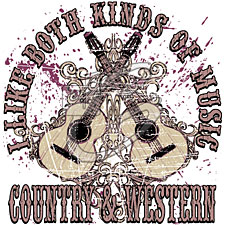Country & Western Music
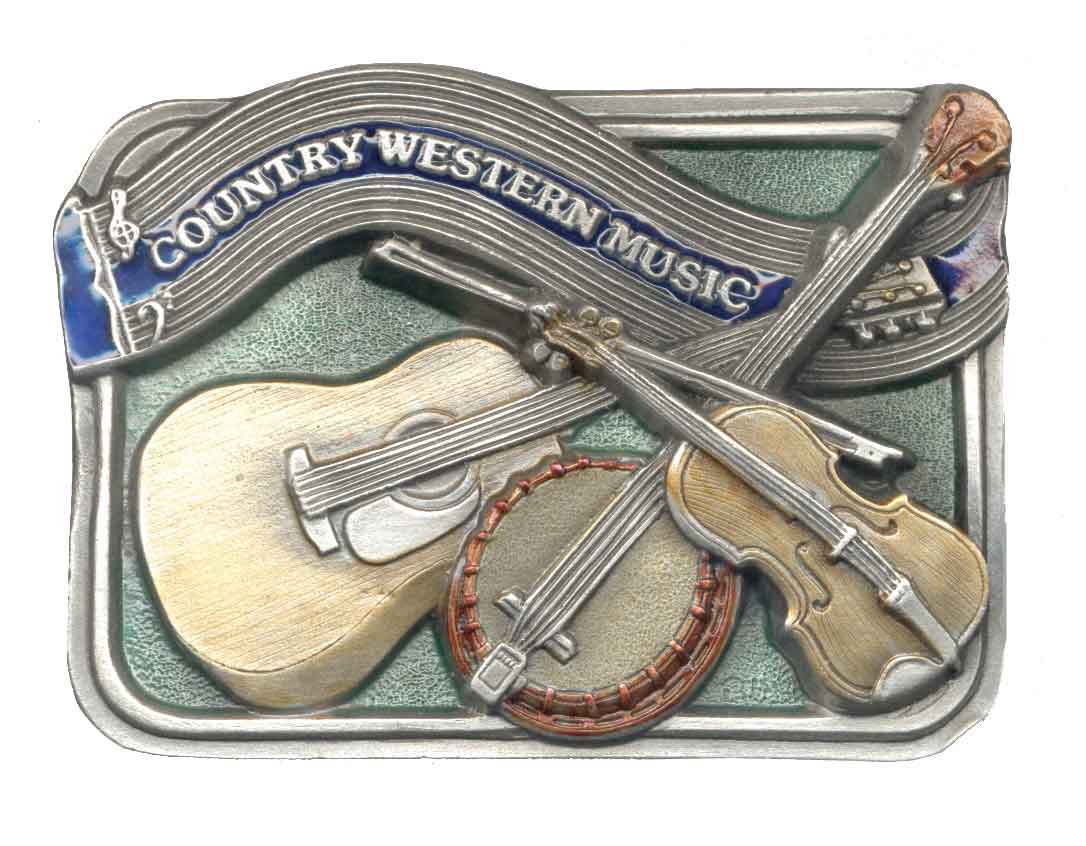
In the last twenty years, country music has experienced a revival that has placed it among the most popular musical genres for publics of all ages. But this is not strictly a new phenomena; it has actually always been true of country music.
Traditional American music has made its mark on the history of the United States, accompanying the process of formation and expansion of the nation, with a music enriched first by traditional English, Irish and Scottish melodies and later by melodies of even more diverse origins, with each wave of new colonists. The twenties and the radio “explosion” allowed more people in more places to hear the traditional music of different regions around the country. A radio show broadcast on WSM, from Nashville, Tennessee, became the most popular country music program in 1925. It was broadcast together with the classical music program “The Grand Old Opera” and from there, country music singers and fans began to call their program The Grand Ole Opry, which was listened to by millions of people nationwide. Many artists went to Nashville to sing and record, transforming it into the “capital” of country.
This music contributed to the structuring of U.S. society and the United States themselves. From a musical perspective, this music laid the foundation for what would later be the great genre that country music is today. Even now, the radio program is immensely popular on Saturday nights when it is broadcast live, from a theater in Opryland in Nashville, Tennessee by WSM 650-AM radio station.
In its era, the Ryman Auditorium in Nashville, was where «The Grand Ole Opry» took place. Today the auditorium is open for tourist visits and is still used for concerts and other events
The new Grand Ole Opry is in «Opryland», in Music Valley, a suburb of Nashville. The black oak circle behind the microphone, where great stars performed in the past and continue performing today, has been converted in an icon of country music, as well as American culture. The circle, six feet in diameter, was cut from the original stage in Ryman Auditorium and forms part of the collective memory of this country.
The thirties were marked by the influence of country in cinema; films about cowboys and their songs and melodies, used country music to make lasting impressions on Americans across the nation. The golden years of Hollywood, during the forties, fifties and sixties, with its movie masterpieces in the Western genre, catapulted country music into the consciousness of the general public and made it into a symbol of all things American, values included.
During this time period, the genre was polished and massively commercialized. It is at this point, during the first revival, when some purists consider country to have lost its authenticity and heart. But in fact, it was only a phase in the music’s natural evolution alongside its public and its country. Times were changing, and country music changed as well.
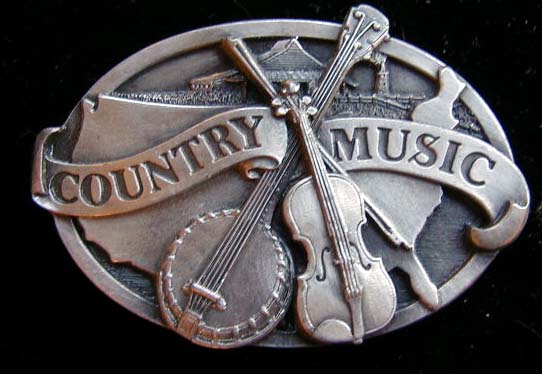
The twenties brought to light some of the most successful artists of the genre, such as Al Hopkins, Fiddlin’ John Carson, Vernon Dalhart, Jimmie Rodgers, and the legendary Carter Family, with their pure and lyrical melodies that produced classic country music songs like, “Will the circle be Unbroken”, “Keep on the Sunny Side”, and “Wasbash Cannon Ball”.
In the genre’s early years, there were probably no singers more popular or important than Hank Williams (senior), with his recognizable nasal voice, and his wise and simple lyrics and Patsy Cline, with her crystalline voice, both of whom left lasting marks on the genre. Songs like “Your Cheatin’ Heart” and “Crazy”, are two of Cline’s most fundamental hits in a succession of clamorous and unrepeatable successes. To Hank, we owe timeless songs like “Long gone lonesome blues”, “Move it on over”, “Honky Tonkin’ ”, “A long gone daddy”, “Lovesick blues”, “You’re gonna change”, “Why don’t you love me”, “Cold, cold heart”, “You’re cheatin’ heart”, and “Take these chains from my heart”.
Thanks to the talent and unique and marvelous voice of Patsy, we have, “Crazy”, “Walkin’ After Midnight”, «I’ve Loved and Lost Again», «How Can I Face Tomorrow», «How Can I Face Tomorrow”, “I Fall To Pieces”, “She’s Got You”, “Sweet Dreams”, “Tennessee Waltz”, “San Antonio Rose”, “A Church, A Courtroom And Then Goodbye”, “Leavin’ On Your Mind”, and «Never no more», among many others.
Later would come Roy Acuff, Tex Ritter, Johnny Cash, Loretta Lynn, Merle Haggard, George Jones, Patsy Montana, Texas Tornados, Charley Pride, Buck Owens, Kitty Wells, Dolly Parton, Tammy Wynette, Liz Anderson, Willie Nelson, Chet Atkins, and many other singers and musicians, too numerous to name, sometimes less popular, but all necessary, in the history of country, artists who would continue following the path cleared by the pioneers of the genre, extending frontiers and sounds in new directions.
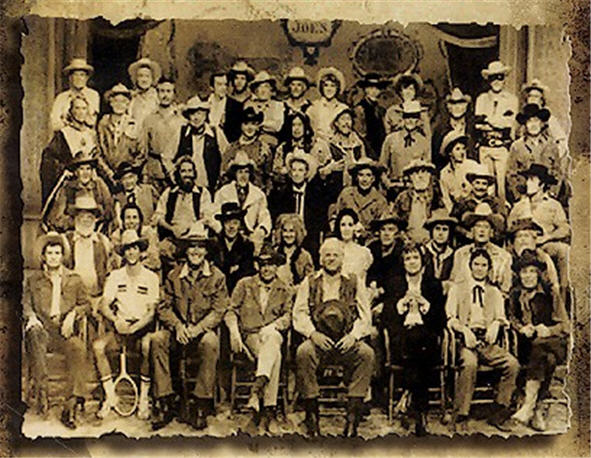
Country & Western music has been faithful to North American cultural essences and roots, all the while changing with the times. Its stories of love, heartbreak, loyalty, country, honor, religion, solitude, war, travel, poverty, and feelings, have given the world a handful of masterpieces worthy of discovery by the general music fan and of being maintained in the memory of country fans.
Artists like Garth Brooks, who bring to life the revival of country with infinite mastery and quality, as well as Travis Tritt, Ricky Scaggs, Reba McEntire, Tanya Tucker, The Judds, Alan Jackson, Emmylou Harris, Linda Ronstadt, The Mavericks, Toby Keith, Kenny Chesney, Brooks & Dunn, George Strait, Dwight Yoakam, Tim McGraw, Rascal Flatts, LeAnn Rimes, Sugarland, Brad Paisley, and Carrie Underwood, among many others who have formed part of the genre these years, have put country among the most listened to music in the United States and at the peak of popularity worldwide, as it never was in the past.
Furthermore, a legion of lesser know artists have taken charge of maintaining the most genuine and purist structures of the genre.
While on the other hand, traditional hillbilly has branched into new styles: new country, rockabilly, blue grass, country rock, honky tonk, western swing, pop country, tex-mex, Nashville sound, cajun, outlaw country, traditional cowboy and urban cowboy. All fit inside the great musical genre of Country & Western, the most purely “American” genre.
In its diverse facets and styles, it continues to be the most popular and listened to music, be it in a rural environment, or an urban one, where there has been unprecedented growth in the number of fans, adding new audiences proceeding from very diverse, and cosmopolitan status, possessing a high level of culture, and sophisticated tastes to the traditional blue collar and working class fans.
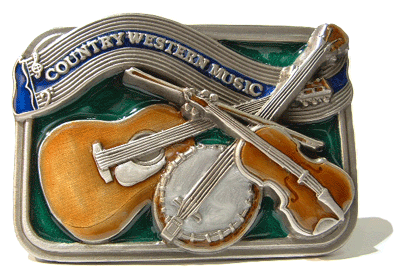
Country music has stayed true to North American essences and cultural roots, even when adapting itself perfectly to changing times. Its songs, be they fast and upbeat for dancing or sad slow ballads, with impressive and up-to-date lyrics and melodies, have given the world a wealth of excellent musical jewels, and an endless stream of good and beautiful songs as well as artists of immense talent.
If any music connects with North American patriotism and its authentic roots, with the soul of the U.S., it is Country & Western music, which reflects America’s values, problems, ideals, frustrations, faith, dreams and social reality, always with lyrics grounded in reality and music that touches the heart.
The revival of this musical genre proves that country can compete in the market, without losing its roots. Its traditional and modern songs bring to mind the authentic America of real, everyday people. The America that speaks to us of everyday stories in which the protagonists are regular people: neighbors, colleagues at work or school, friends or family members.
It is the music of the people. It is a music that speaks to us about where our nation was born, in spaces without end, cities and small towns, dreams, sentiments, and stories that can and do happen to us all.
Country & Western music with its great artistic power, has the ability to move us and tell us sad or happy stories.
Frequently, cinema, literature, radio, television, Internet, and advertising use this music when they want to highlight and emphasize relevant events and intense moments. The reason why is simple. Country’s musical notes carry us directly to the heart of America and hearing them, we are touched.
This is the music that conserves the force and liberty of America, and has the power to inspire American sentiments and ideals.

